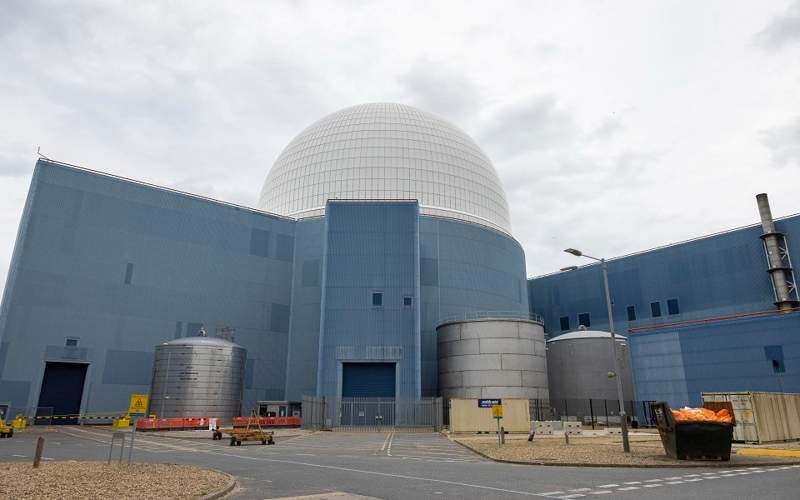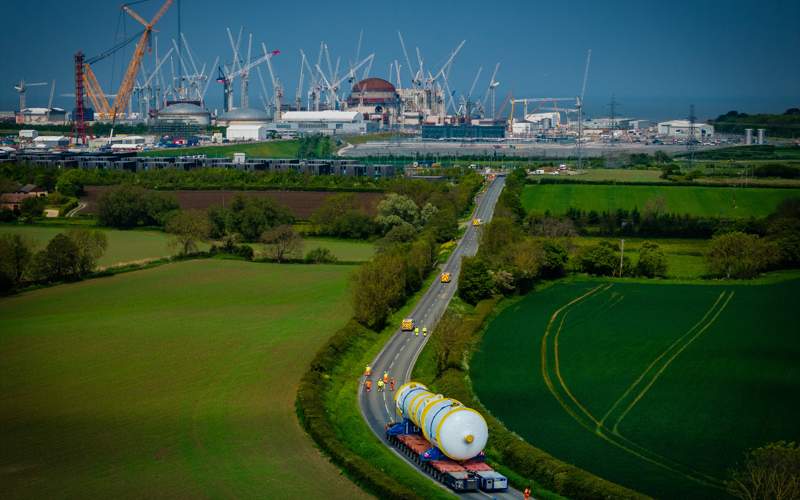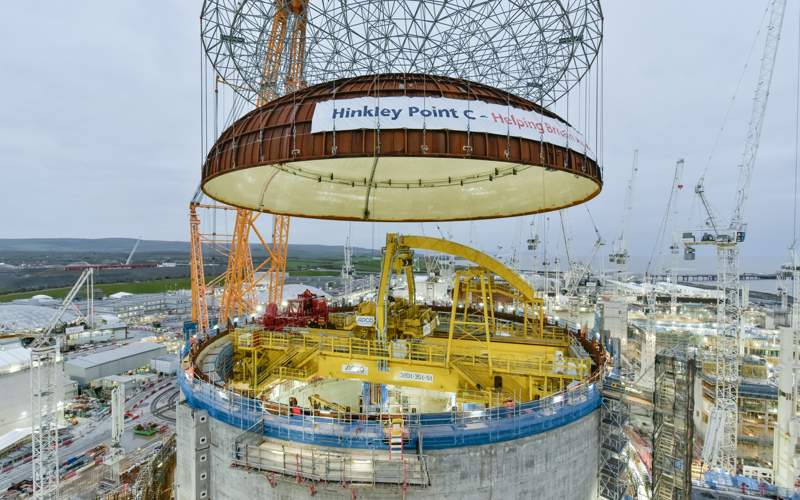UK’s nuclear future: Ambitious plans to transform energy sector

The UK is poised for the largest expansion of nuclear power in 70 years, aiming to quadruple its nuclear generation to 24 gigawatts (GW) by 2050. This ambitious roadmap is set to reduce electricity bills, create thousands of jobs, and bolster the nation's energy security, reports Kazinform News Agency.
Despite the initiative being introduced by the Conservative government, the Labour Party has also expressed strong support for nuclear energy. Labour leader Keir Starmer emphasised the importance of nuclear power for achieving the UK’s net zero goals and ensuring a steady supply of low-carbon energy.
Key points of the nuclear roadmap:
New power stations: The plan includes exploring the construction of a new power station comparable in size to Hinkley Point C and Sizewell C. These stations are capable of powering six million homes each.


High-tech nuclear fuel: The UK will invest up to £300 million in domestic production of high-assay low-enriched uranium (HALEU), becoming the first European country to launch such a programme.
Regulatory reforms: Streamlining regulations will accelerate the development of nuclear power stations. This includes allowing regulators to assess projects while designs are finalised and better coordination with overseas regulators assessing the same technology.
Small modular reactors (SMRs): SMRs, which can be factory-built, will play a crucial role alongside larger gigawatt-scale power stations. These reactors are expected to make construction faster and less expensive.
Enhancing energy security
In the wake of geopolitical tensions and price volatility the UK government has doubled down on its commitment to energy independence. The Civil Nuclear Roadmap outlines measures to secure long-term energy supply and reduce dependence on hostile regimes.
Economic and job growth
The roadmap predicts the need for doubling the current nuclear workforce, creating approximately 80,000 skilled jobs over the next two decades. The Nuclear Skills Taskforce will outline strategies to meet this demand, focusing on training graduates and attracting mid-career professionals.
Community and industry collaboration
The government will host a 'hackathon' event to gather innovative ideas from industry experts on accelerating nuclear projects while maintaining safety standards. Two consultations will also be launched to gather public and industry input on siting future nuclear power stations and encouraging private investment.
Industry reactions
Tom Greatrex, Chief Executive of the Nuclear Industry Association, praised the roadmap's clarity and predictability, highlighting its potential to attract supply chain investment.
Sue Ferns, Senior Deputy General Secretary of Prospect trade union, welcomed the long-term investment in nuclear capacity as essential for a secure, low-carbon energy strategy.
Babcock’s CEO for Nuclear, Harry Holt, commended the roadmap for providing opportunities across the civil nuclear sector, while Carol Tansley, Vice President of UK New Build Projects at X-energy, highlighted the importance of advanced modular reactors (AMRs) in the UK's energy mix.
Gwen Parry-Jones, CEO of Great British Nuclear, emphasised the role of SMRs in delivering affordable nuclear power, while Chris O’Shea, Group Chief Executive of Centrica, underlined the necessity of nuclear power for meeting the UK's net zero targets.
Visual progress
Hinkley Point C has released a new video showcasing the progress of its construction, including the installation of tunnels and equipment essential for the power station's operation. This video offers a behind-the-scenes look at the ongoing efforts to bring the power station online.

Political support
Although this roadmap was published under the 2022 to 2024 Rishi Sunak Conservative government, the new Prime Minister Keir Starmer has also described nuclear power as a "critical part" of the UK’s energy mix and pledged to push forward stalled projects. Starmer accused the Conservatives of failing to open any nuclear power plants during their 14 years in power and promised that his government would lower household energy bills, create jobs, and ensure Britain's energy security through nuclear expansion.
Future projections
The roadmap includes a government ambition to secure 3-7GW worth of investment decisions every five years from 2030 to 2044 on new nuclear projects. Plans to streamline the development of new power stations and introduce smarter regulation could speed up the overall process and, as a result, the delivery of nuclear power in the UK.
These developments signify a robust commitment to transforming the UK's energy landscape, ensuring a sustainable, secure, and economically beneficial future. These initiatives, supported across political lines, mark a significant step towards a cleaner, more secure energy future for the UK.

